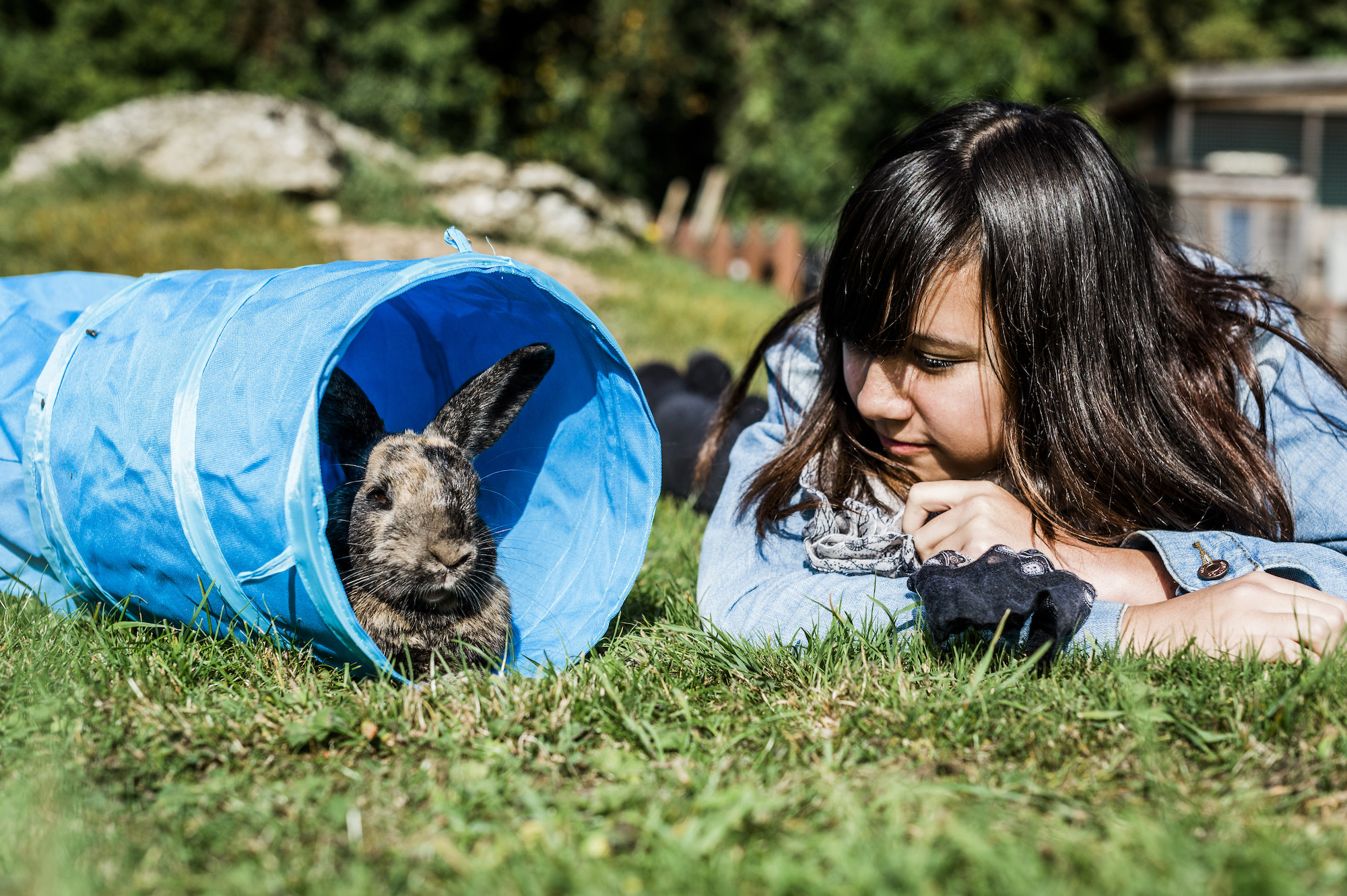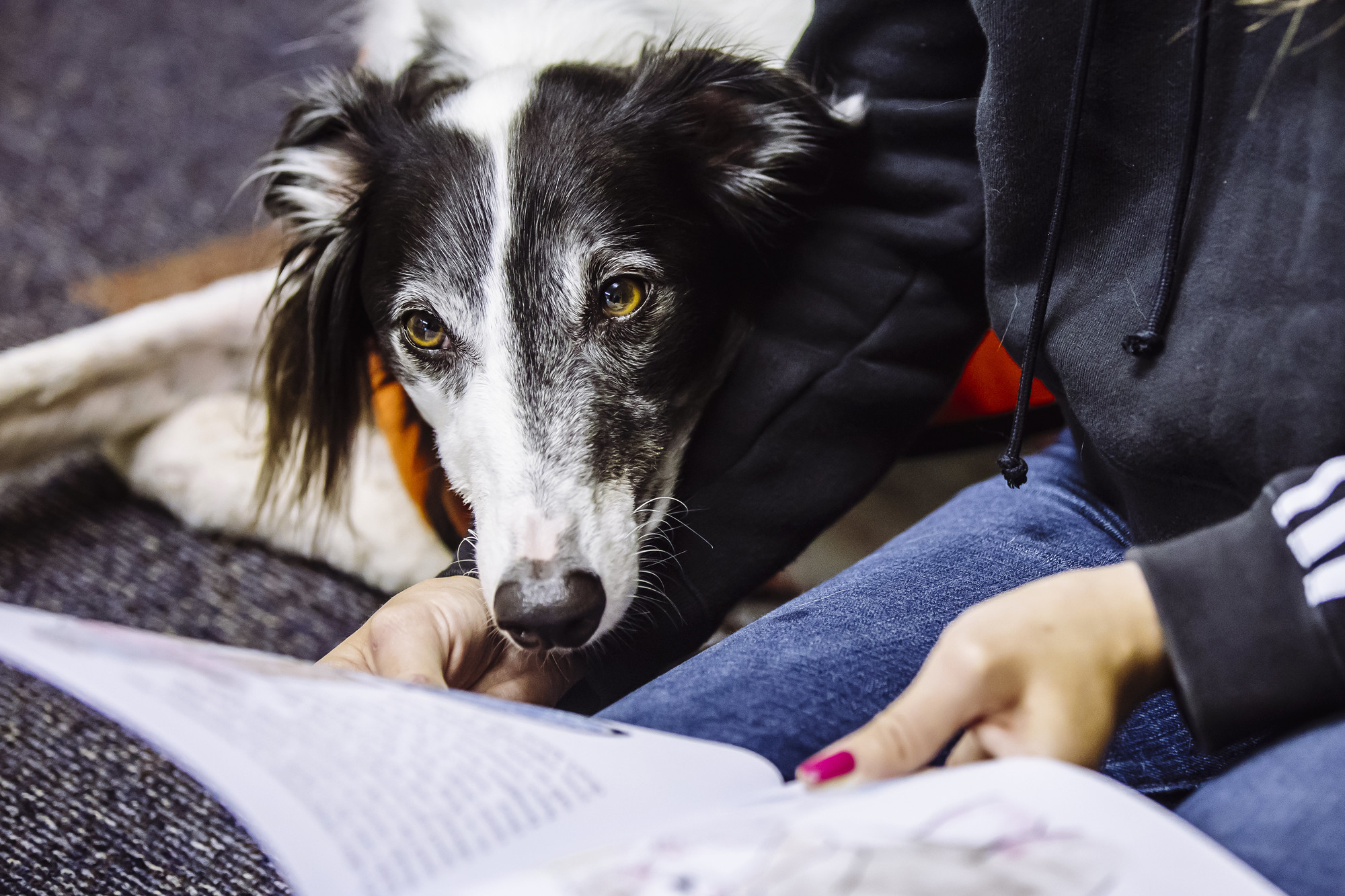
Pets in schools
Research shows that pets can help to build children’s empathy, responsibility and life skills, so it’s not surprising that many schools look into keeping animals. But before you opt to get a school pet, do plenty of research to make sure you can give them all the care they need. In many cases, choosing a visiting pet scheme instead may be a better idea.
Benefits of school pets
- Having animals to care for ties in with the school curriculum of emotional and social needs – empathy, care, love, compassion, understanding, commitment and building confidence
- Pets can encourage a child’s learning needs, especially in reading, communication, observation and speaking. This is a useful tool when teaching all children but can be particularly helpful for those with special educational needs (SEN).
- They can help children with behavioural needs as time with the pets can be used as a reward
- For many children, it will be their only contact with a pet as they don’t have them at home
Alternatives to a school pet
Before you get a school pet you should consider whether this may work instead:
- A visiting dog scheme such as Pets as Therapy or Read2Dogs
- Dogs for Good run a community dog scheme for special educational needs schools
- Adopt a pet at your local animal attraction
- Have a bird table near your classroom or a wildlife garden in your school grounds
- Invite Blue Cross to come in to speak to your class about pet care – our talks are free of charge
Preparation is key
- Must consider the needs of the pet first, which includes the five key welfare needs
- Research your choice of animal well, including which gender, breed and how many (pets such as guinea pigs need to live in pairs) would be the most suited to your school
- Cost of the initial purchase and ongoing costs including food and vets bills. And decide beforehand who is responsible for buying everything the pet needs and taking it to the vets.
- Decide who the main carer is and where the pet will go during school holidays
- If getting a small pet, always budget for the largest cage possible. Some pet shops stock very small cages which are unsuitable. And make sure you purchase a pet carrier for them for transporting them.
- Develop a code of conduct with the children and make parents aware of the pet too
- Ensure you have care sheets and charts in place to properly manage the welfare of the pet
- Make sure you have appropriate safety precautions in place for hand washing etc
- All handling should be supervised and staff should have training on this beforehand
- Come up with ideas for curriculum links
- Book a Blue Cross education talk to teach children more about pet care and welfare
- Consider what will happen if the main carer leaves the school. Will the pet go with them, or will anyone else be happy to take on care of the pet?

What not to do:
- Breeding pets in school is not advisable as the environment is not ideal for the mother to give birth and rear her young (small pets such as rabbits and hamsters will eat their young if they are stressed). There is added responsibility for the staff involved and then the rehoming of the offspring can be problematic.
- Do not send your school pet home at weekends with parents. This lifestyle does not make the animal happy as animals like routine and a known safe environment. A regular holiday home during school holidays may be a better alternative to leaving them at school without supervision.
- Nocturnal pets such as hamsters should be left in a quiet place during daylight and so may not make suitable school pets.
Rehoming
If you decide that you need to rehome your school pet at it is unhappy or you can no longer keep it, then you have a responsibility to find a home where the pet is going to be healthy and happy for the rest of its life. Alternatively, Blue Cross may be able to help you find a new owner for your pet. Do not use classified websites to find a new owner as these can attract impulse buying.
Examples of pets in schools:
Fish are often a popular choice of school pet as they are seen as easy to keep, but make sure the tank is of a good size, well positioned (by an electric supply and out of direct sunlight), has the correct equipment to monitor water quality and has plenty of enrichment and places to hide.
Rabbits and guinea pigs need to live in a pair and need a large house and exercise area with a constant supply of hay and lots of enrichment, including areas to dig. They’ll need protection from predators such as foxes, and an area to access where they won’t be disturbed by the children. These animals don’t tend to be keen on handling, so children should observe them instead.
Chickens must be kept in groups and a fox-proof house and run to scratch around in. The run can quickly become mucky so consider how you will keep it clean and looking good – will the pen be moveable? Also think about what you will do with the eggs and providing enrichment, such as a dust bath and foraging.
School dogs need to have an owner and go home with them at night and must be trained in the environment, well socialised and insured to be in school. Dogs need to be under control and supervised at all times and require a quiet place where they can choose to go for alone time (dogs like regular sleep and rest throughout the day). Like all dogs, they will need to be well exercised, given a good diet and provided with enrichment to keep them happy. It’s also key for owners taking a dog into a school to have an excellent understanding of dog body language and a brilliant relationship with the pet.
Dogs for Good run a community dog scheme for special educational needs schools.




